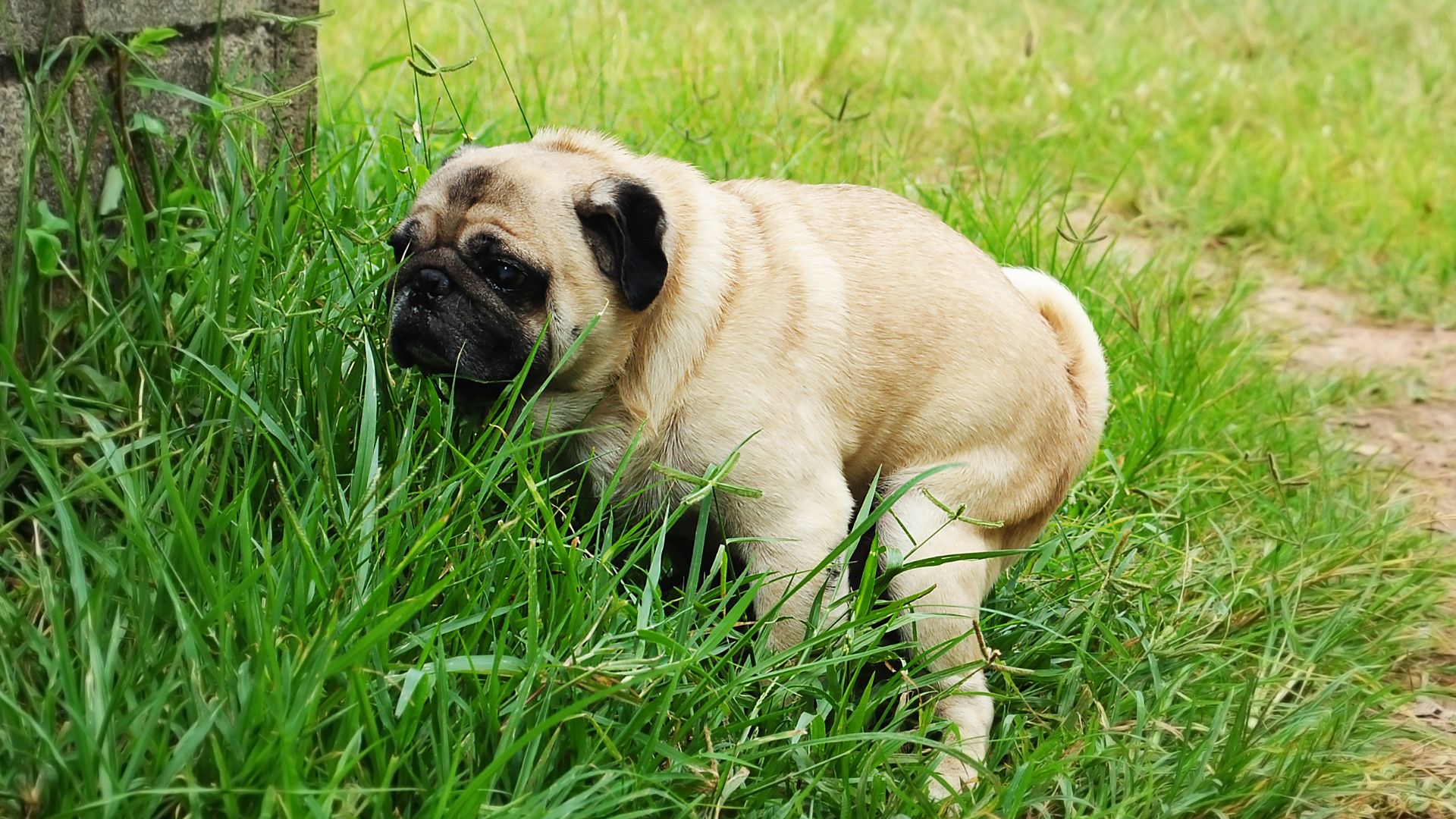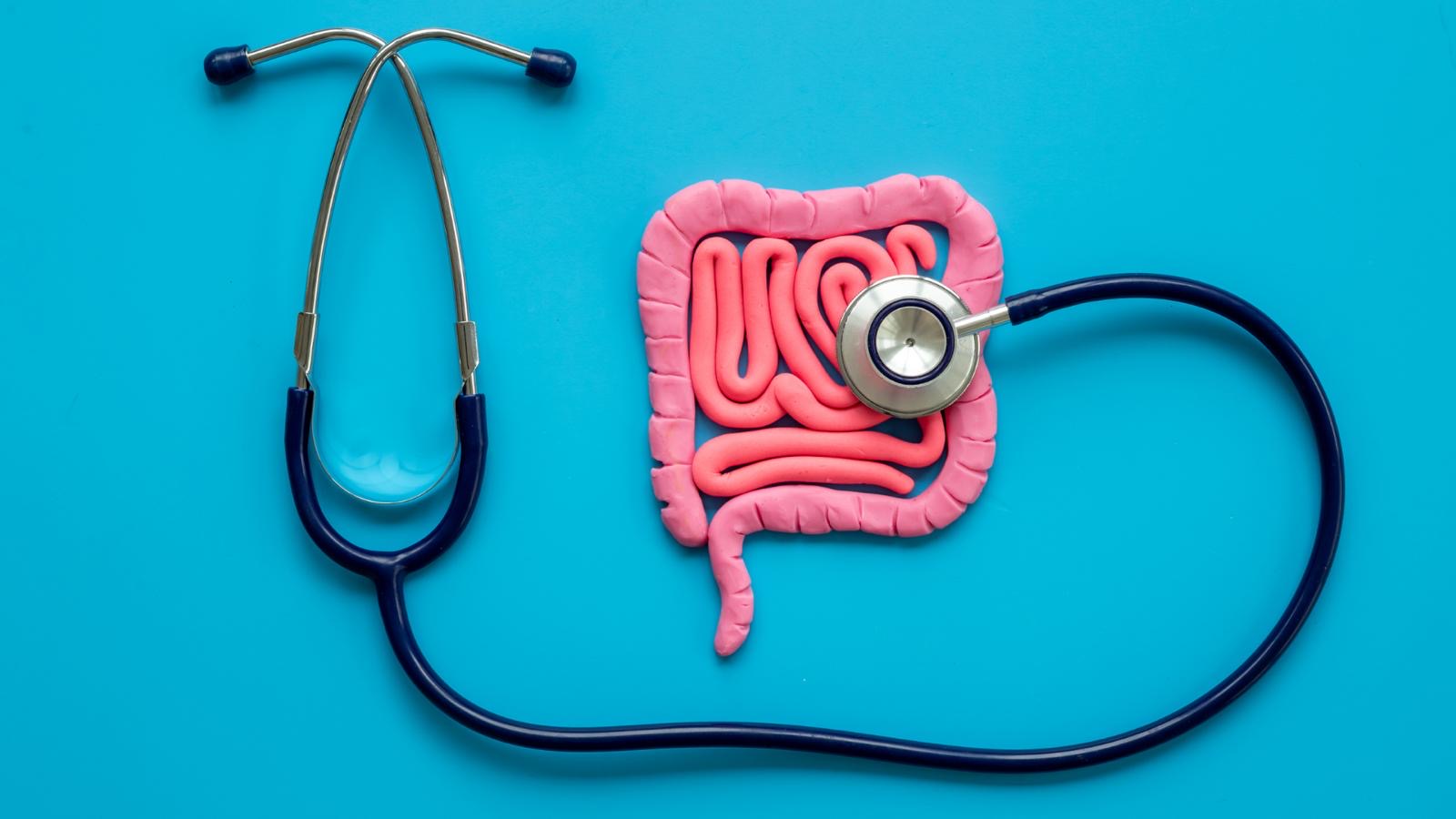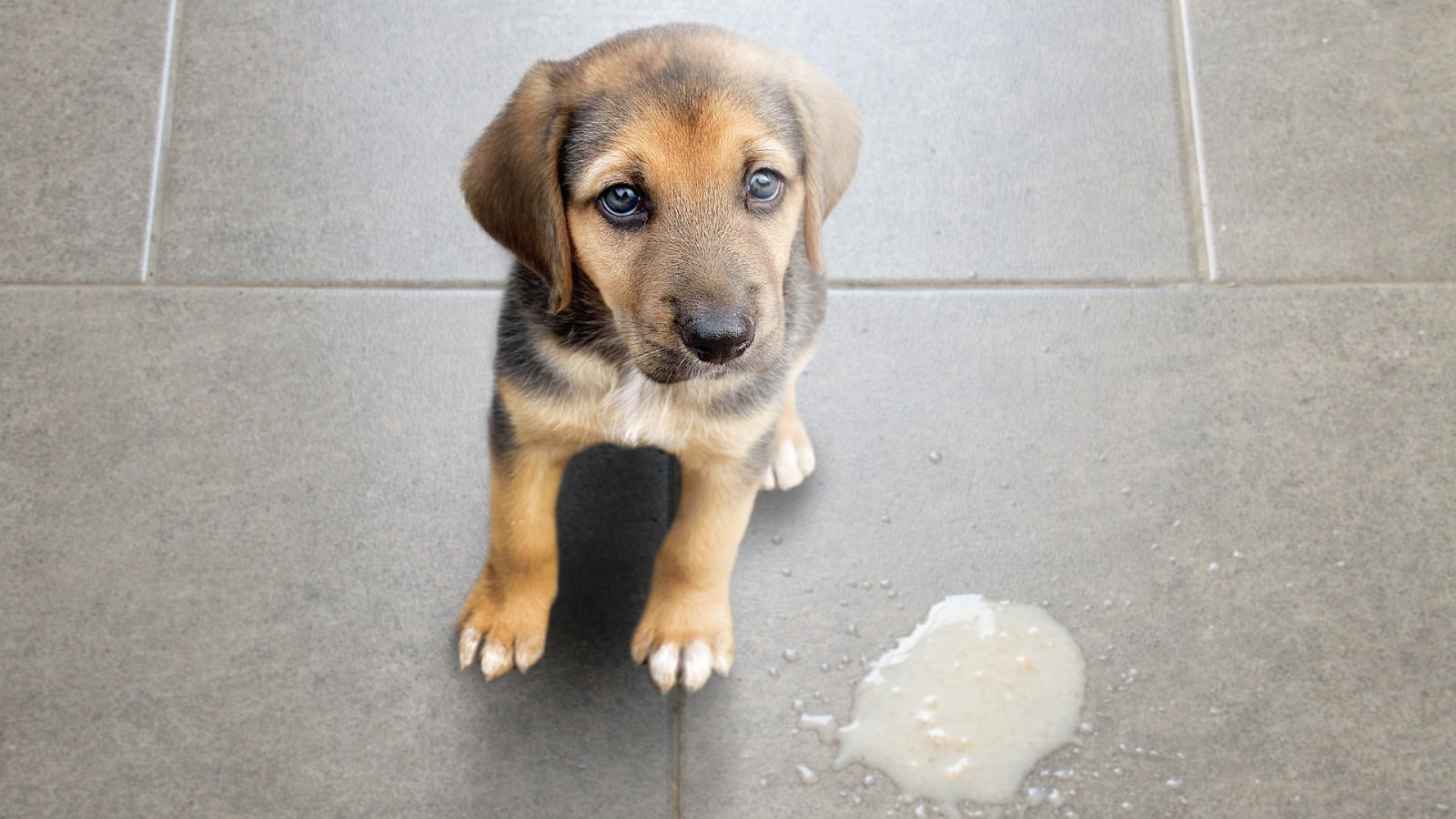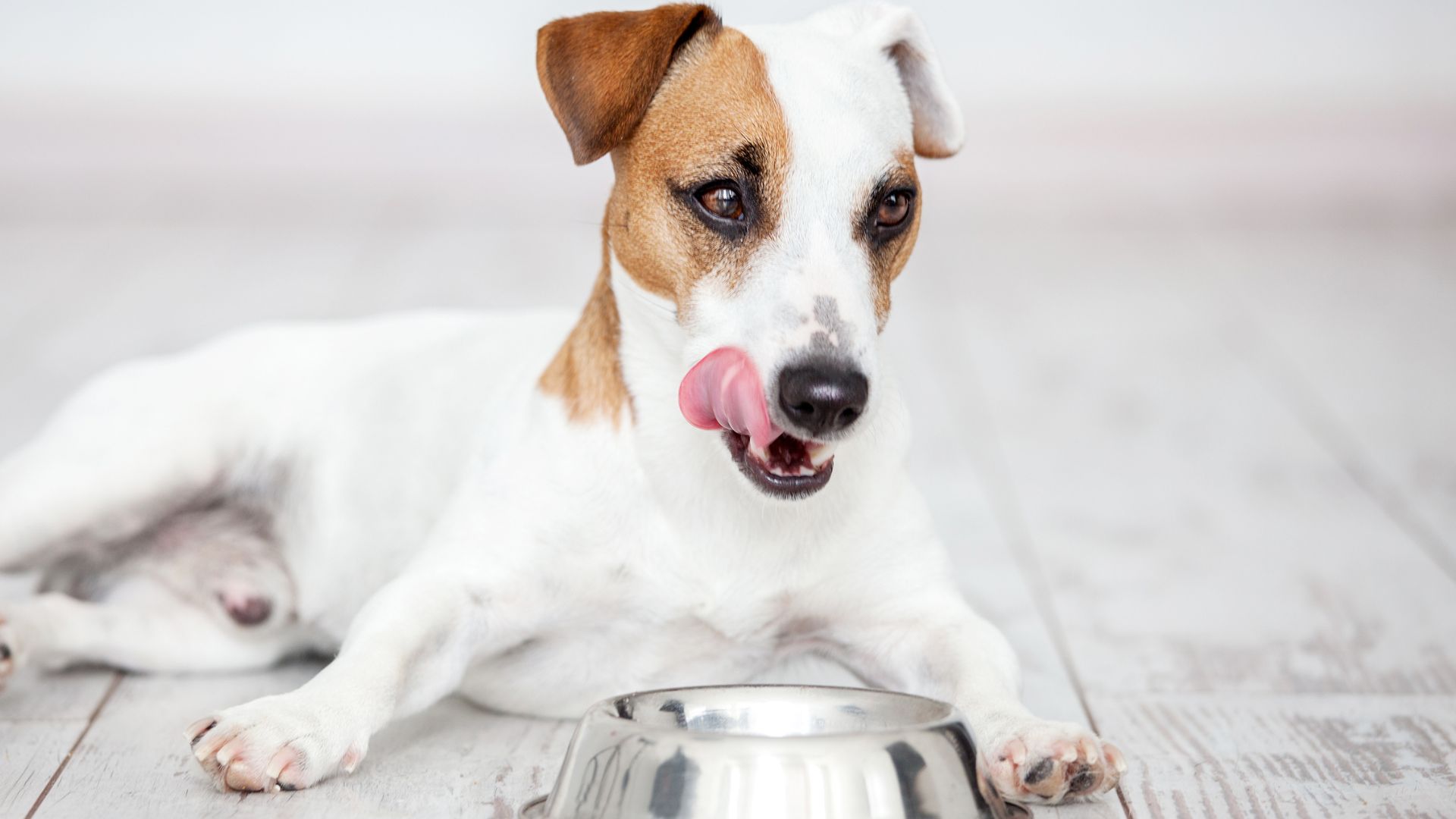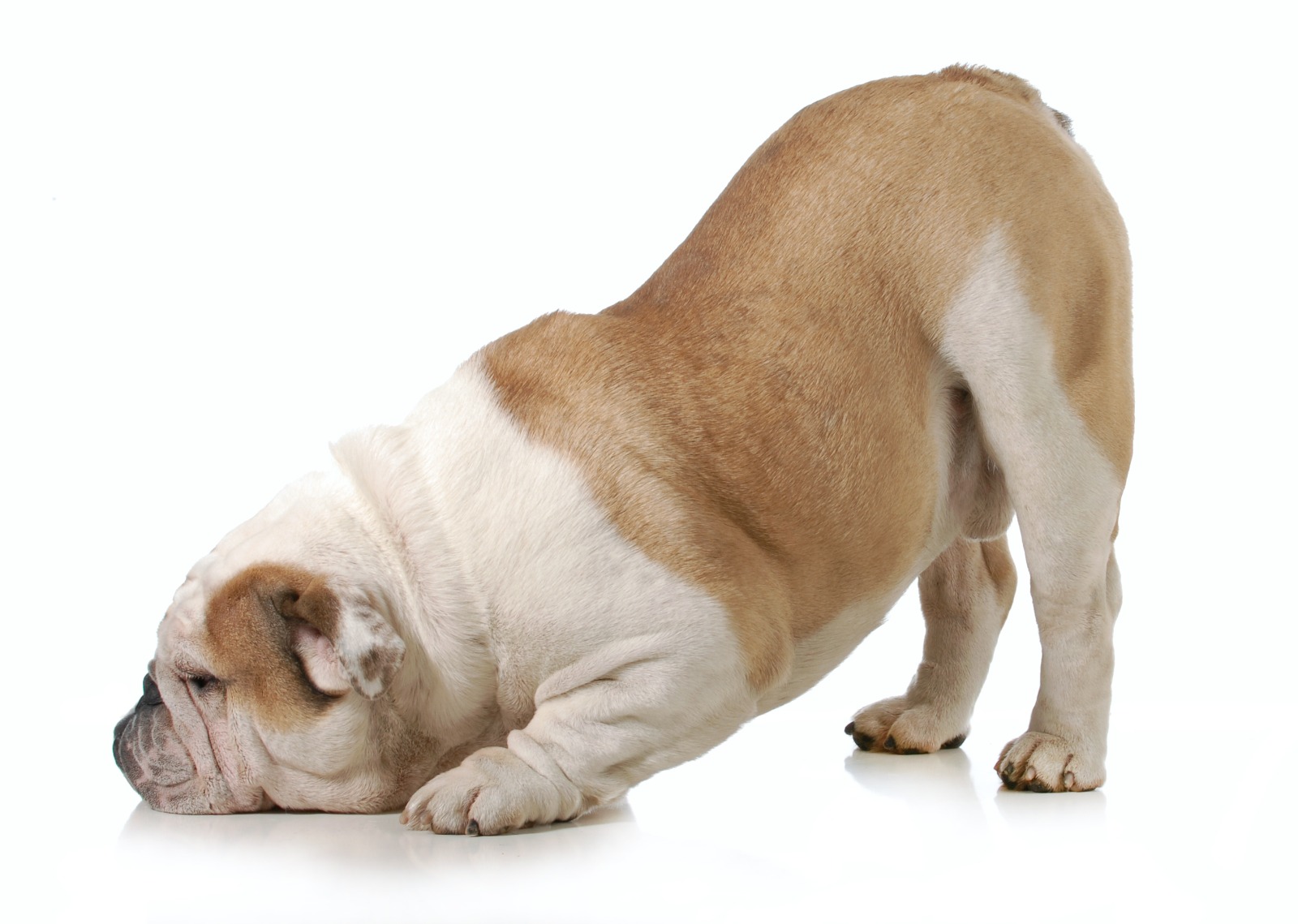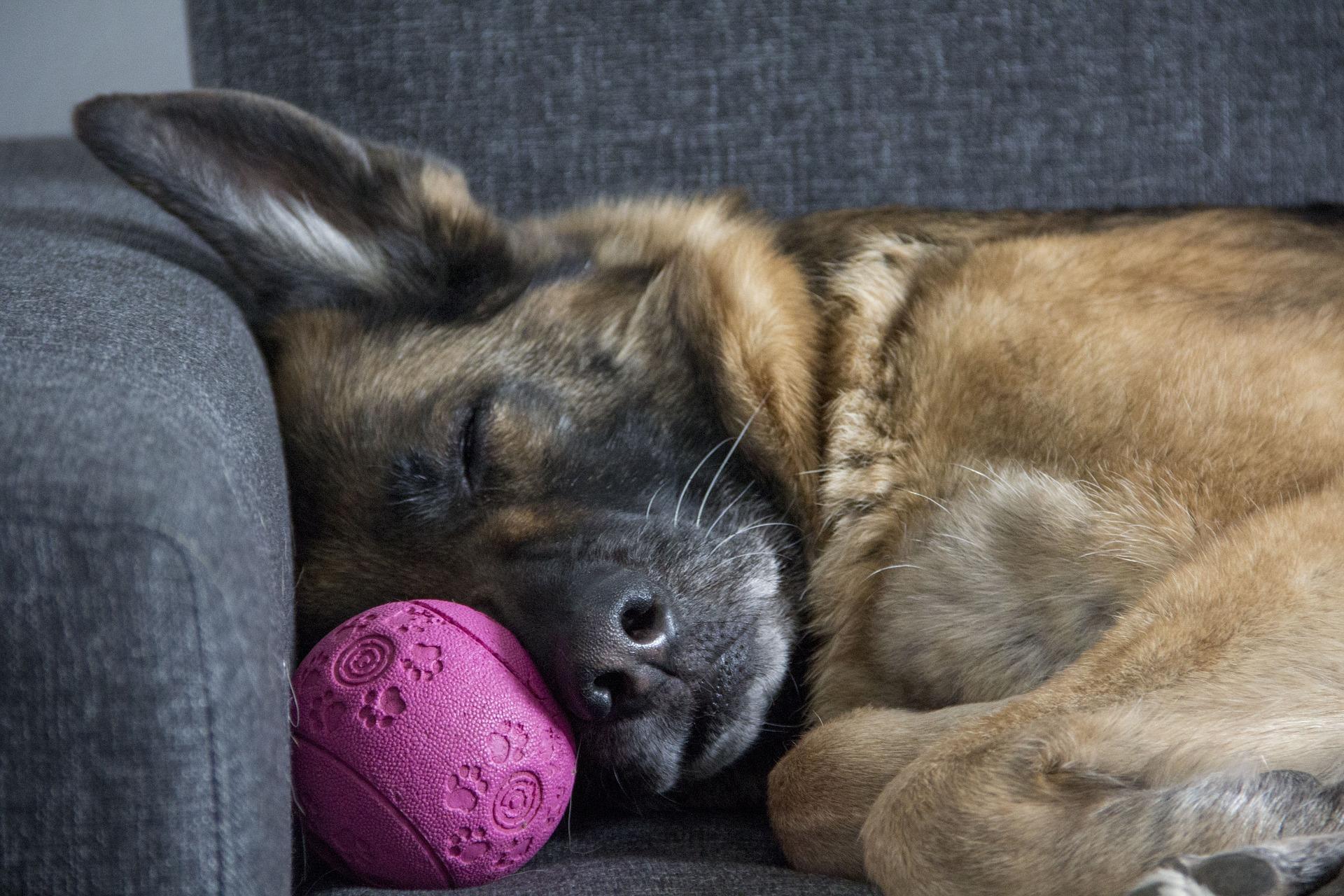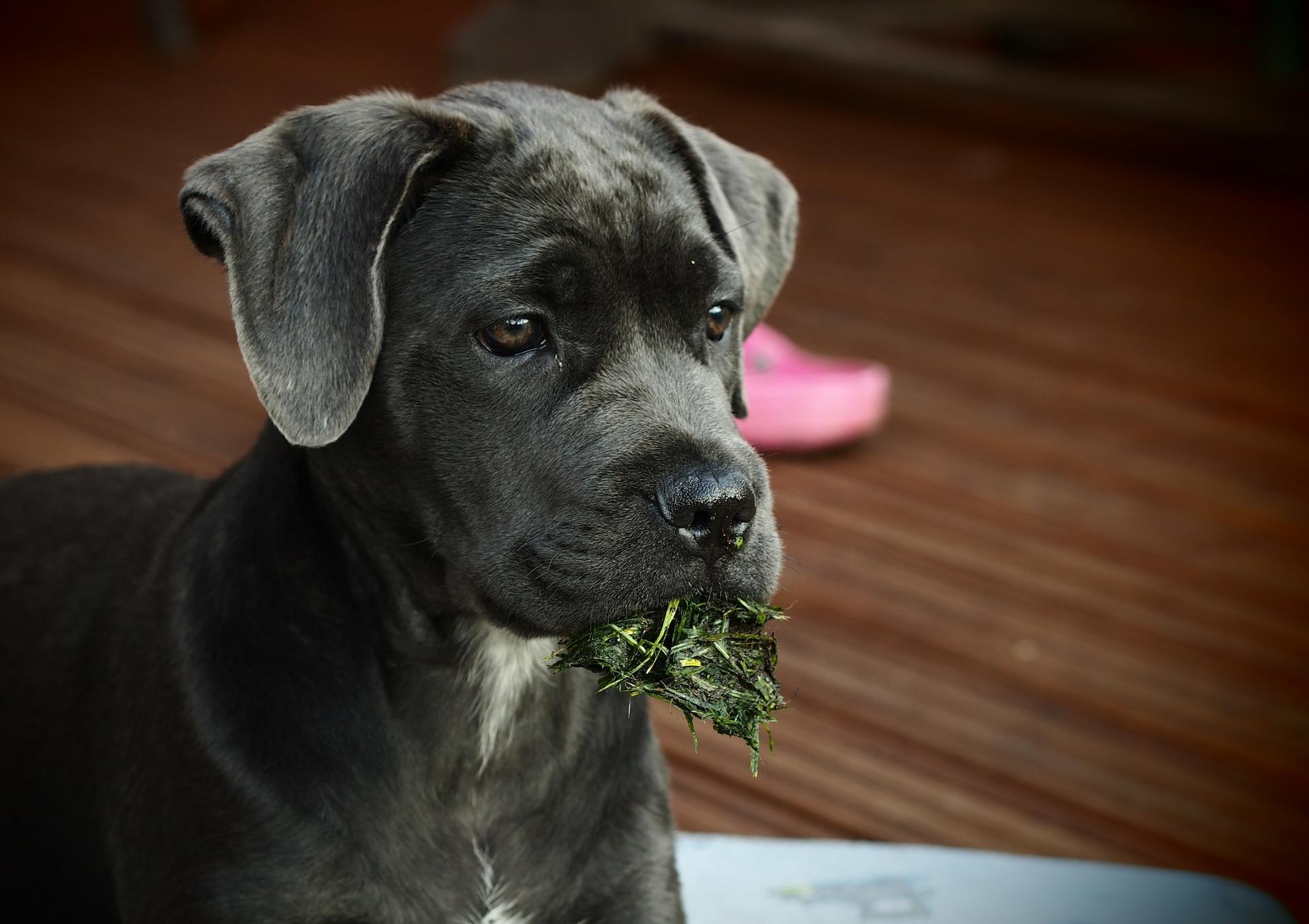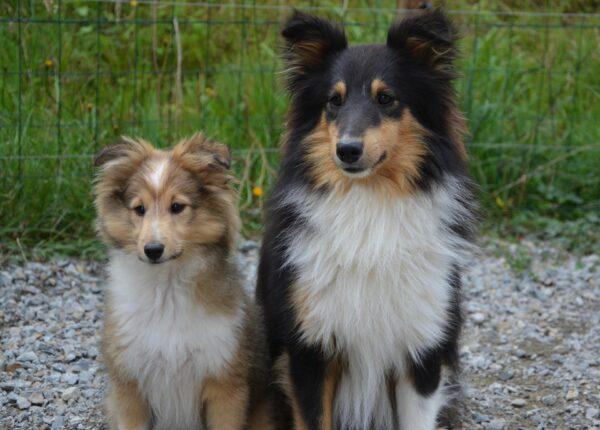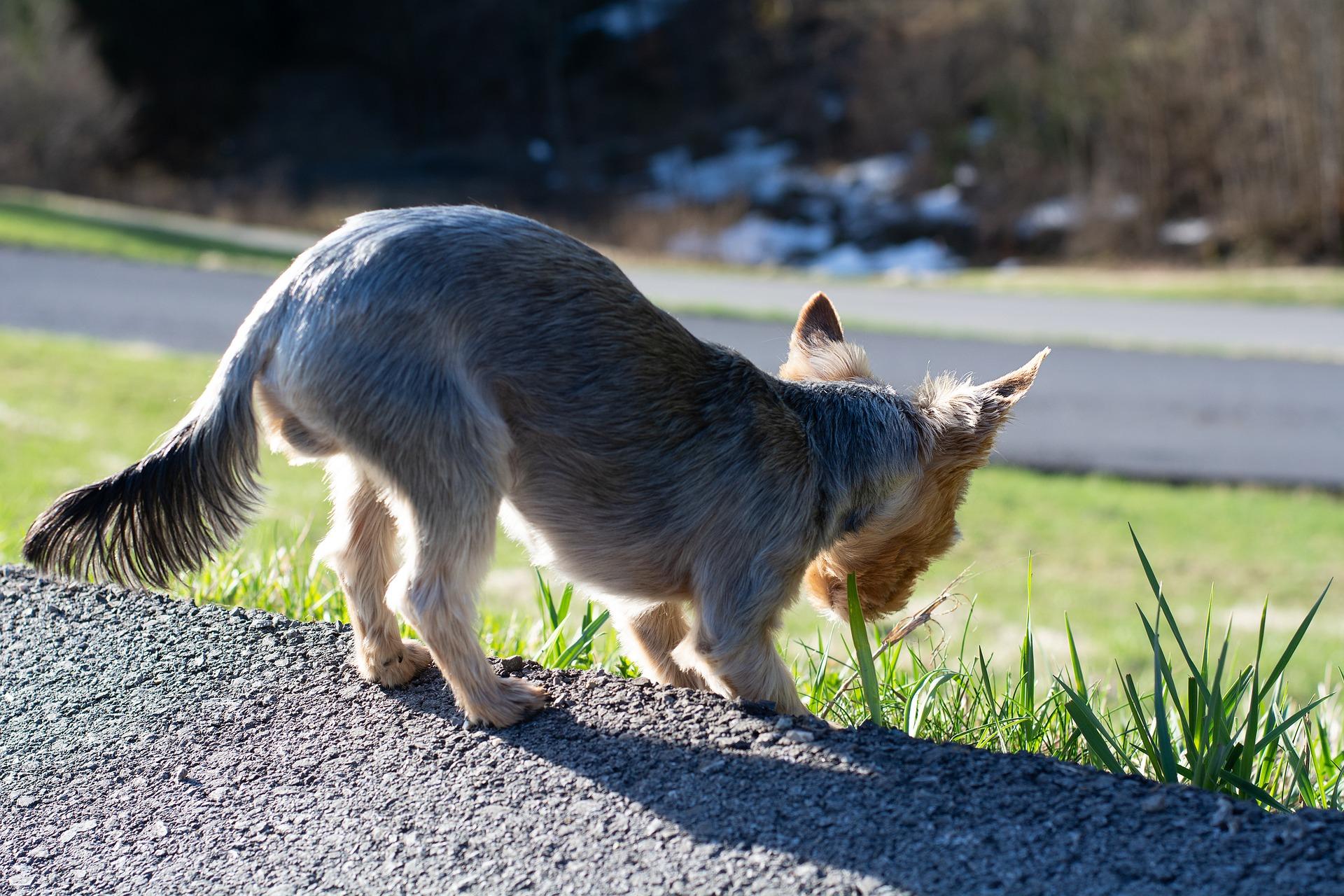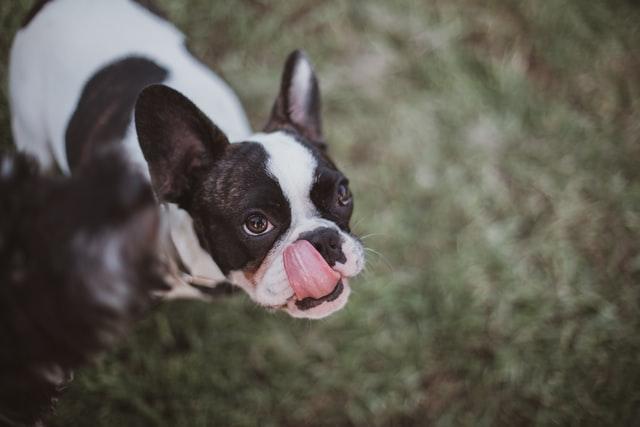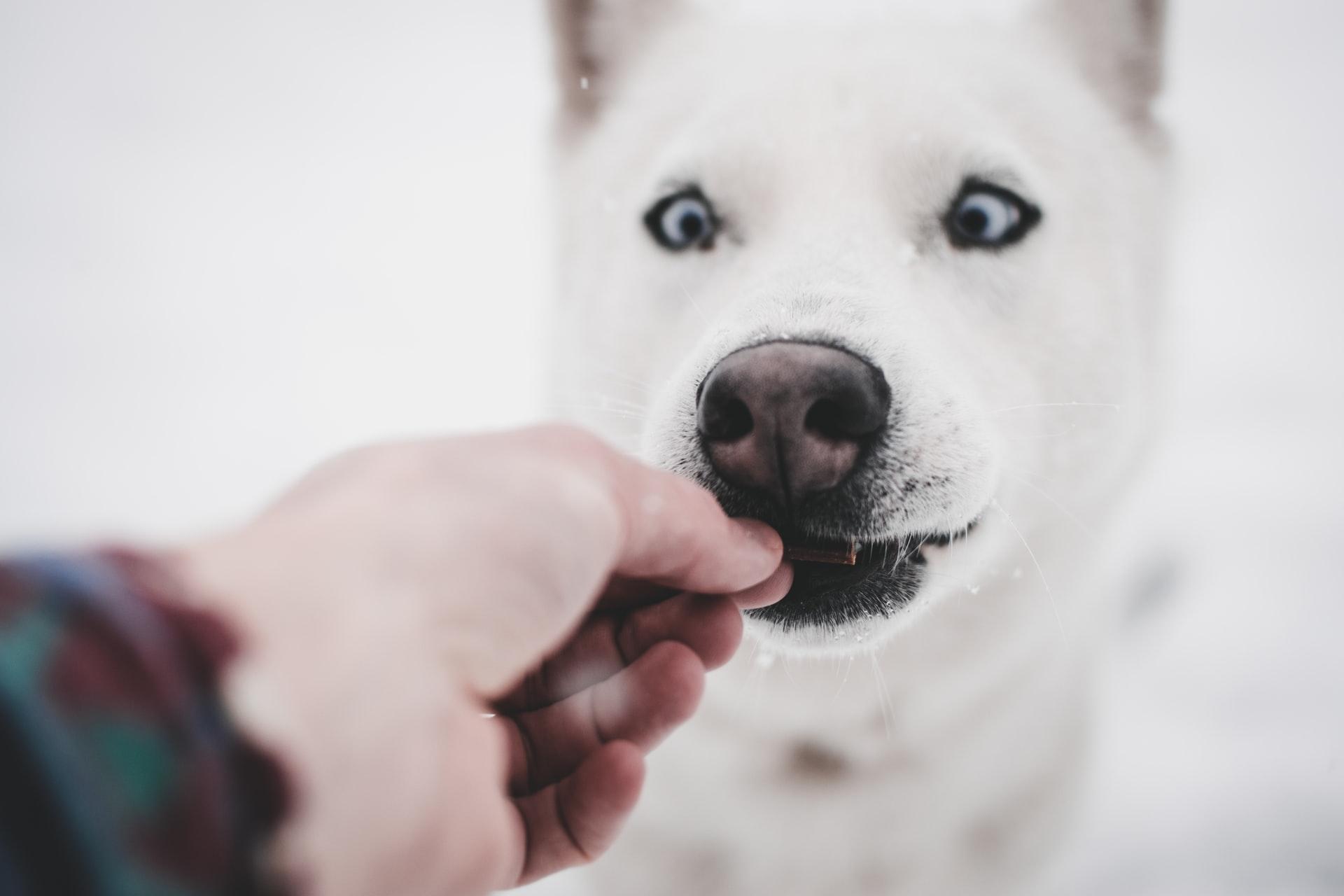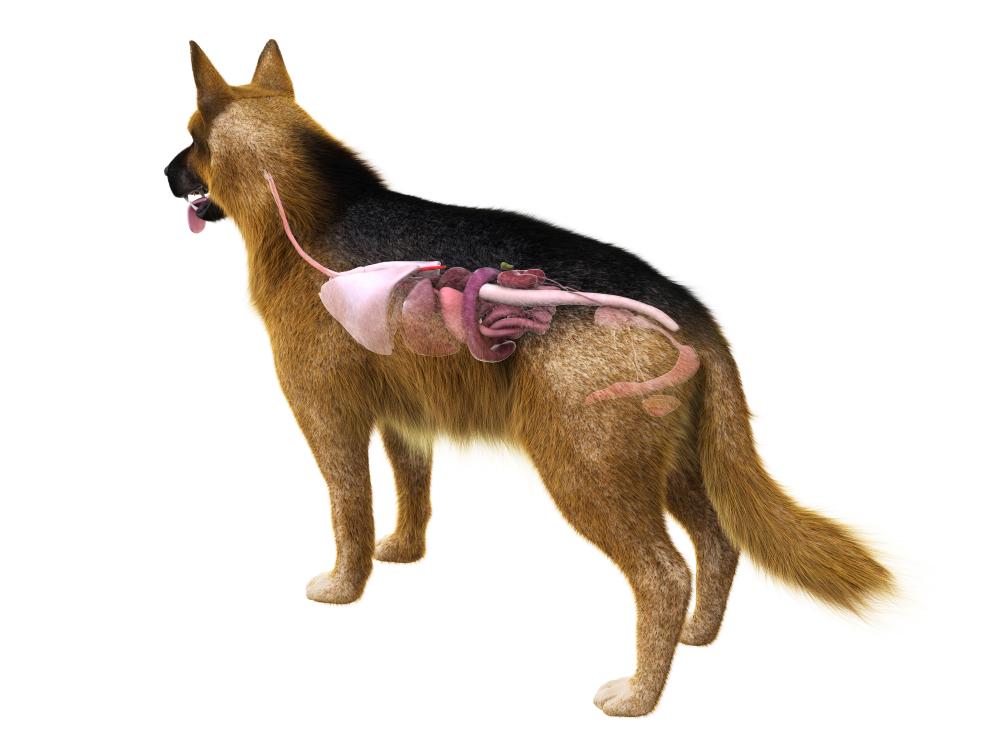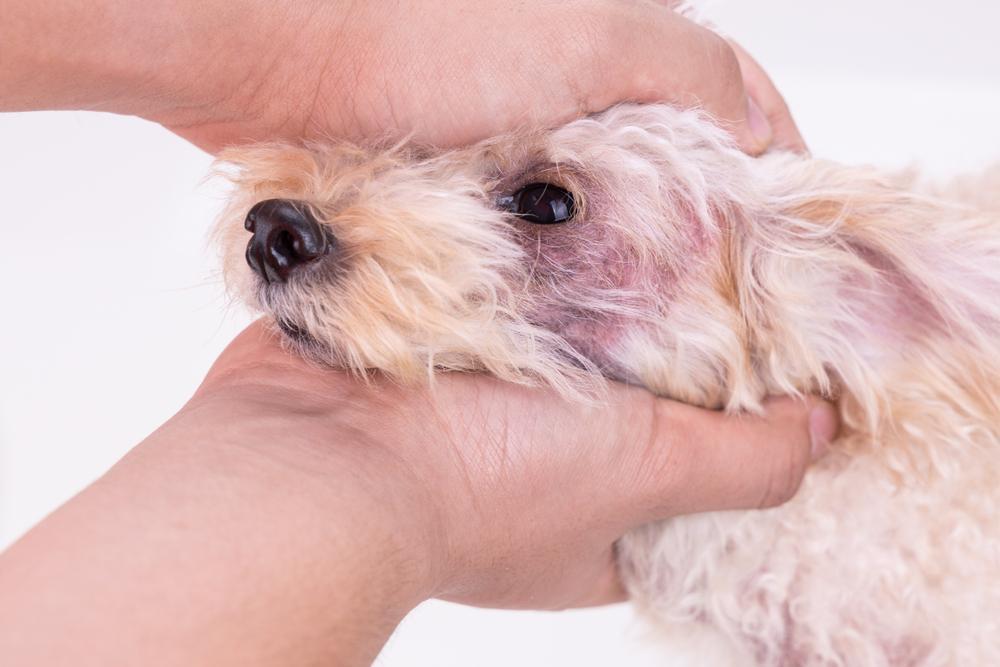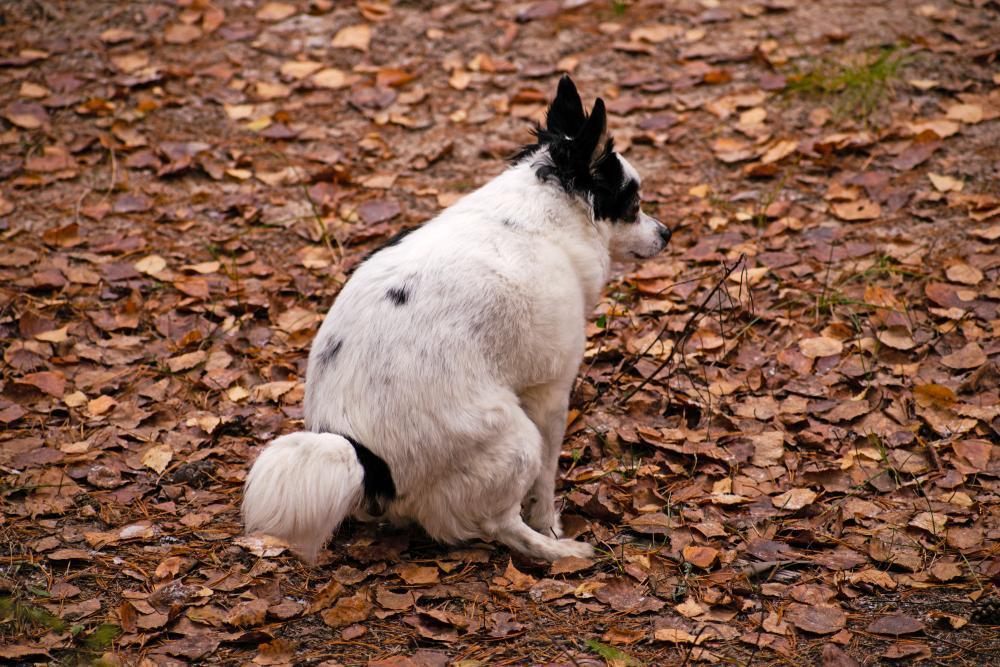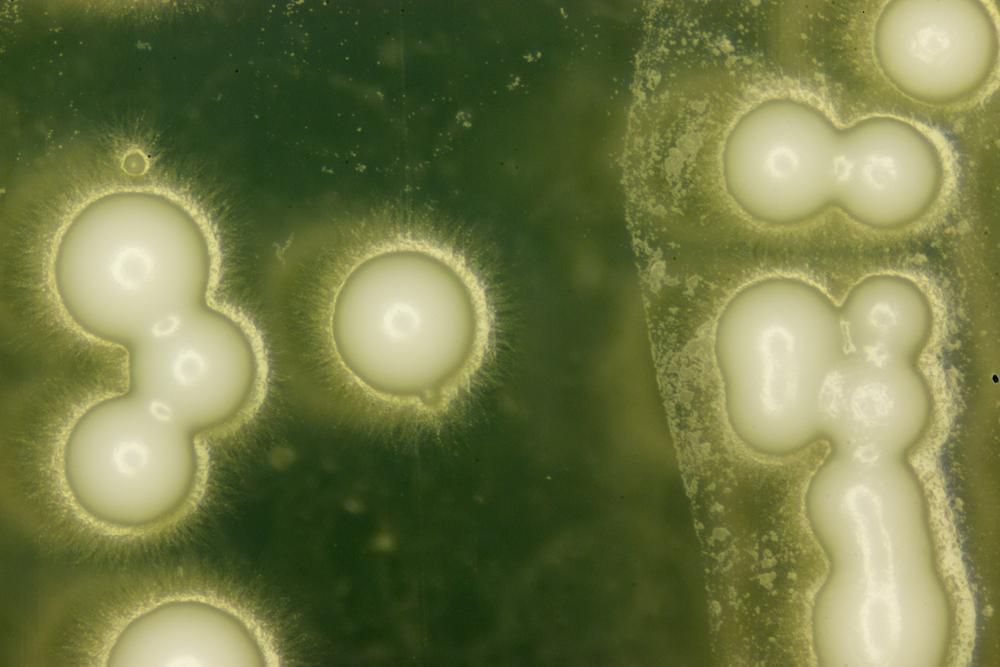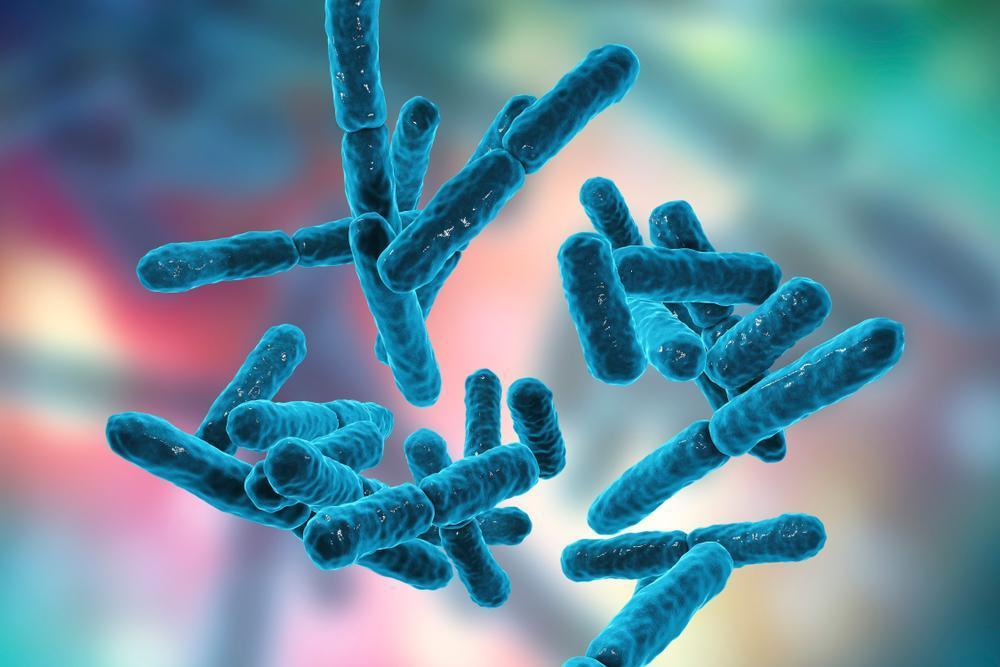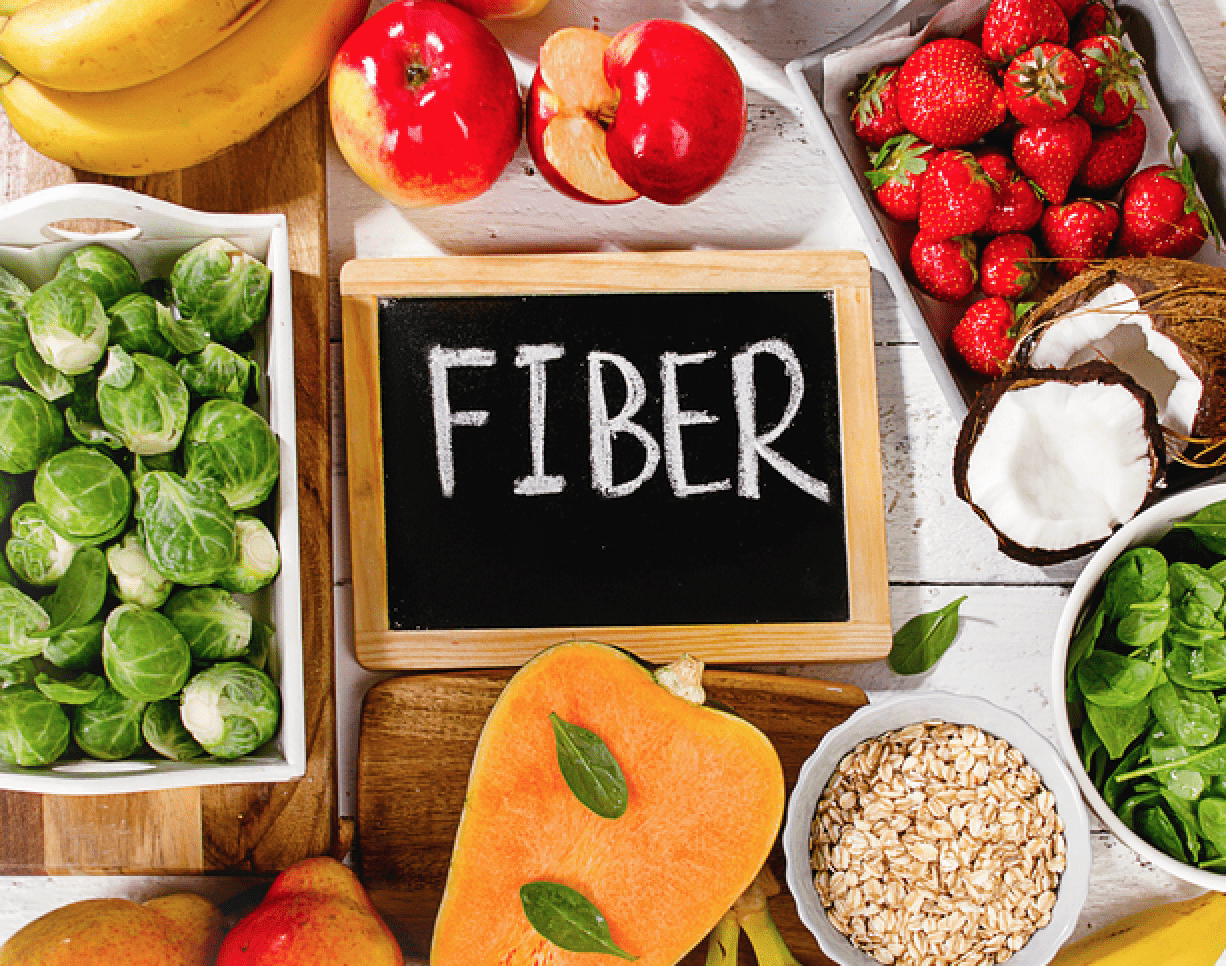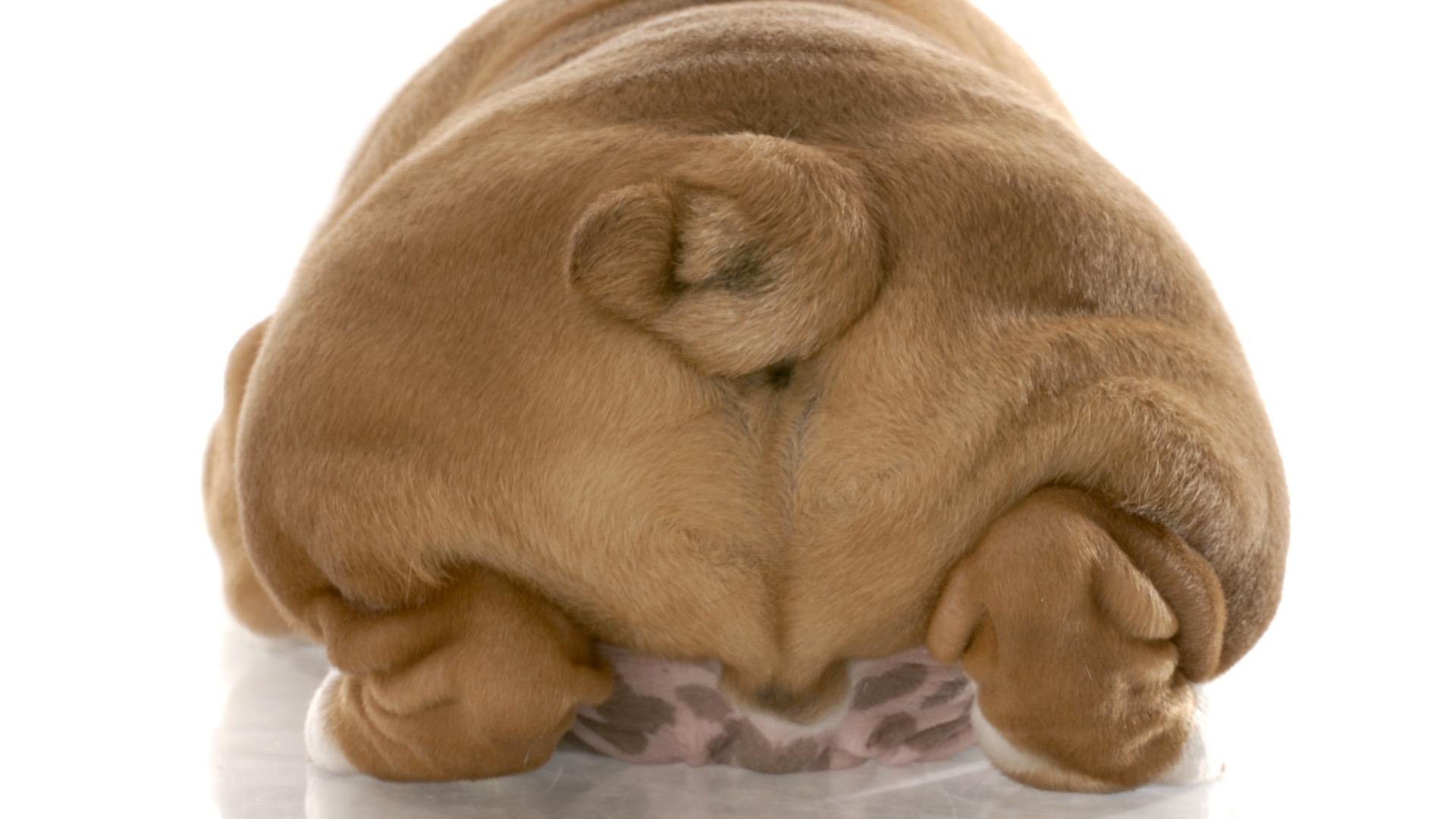We first started becoming interested in bugs when germ-free mice, those born and raised in sterile environments showed exaggerated responses to stress compared to normal controls. What is particularly interesting is that the use of pro and prebiotics were able to reverse the abnormal reactions found in germ-free mice. Not only that but the faeces of depressed mice could be transplanted to “happy” controls and subsequently make them depressed and vice versa. So, we started wondering, can bugs really affect our behaviour?
The short answer is yes.
The long answer needs a sit down with a coffee.
The gut microbiome comprises of all microorganisms and their genomes inhabiting the intestinal tract. These microorganisms perform important functions in the immune system and basic metabolism by providing essential inflammatory mediators, nutrients, and vitamins. But, as we established, they also affect behaviour, and they do this through this thing called the gut-brain axis. This occurs through multiple pathways such as endocrine, immune, metabolic, and neural, specifically the vagus nerve.
The vagus nerve is the longest nerve in the body and has countless branches from the brainstem all the way down to the lowest part of the intestines, touching most organs along the way. This is why it is also called the wandering nerve. The vagus nerve modulates the parasympathetic nervous system which counterbalances the sympathetic nervous system. In short, stress inhibits the vagus nerve. This effect is seen when gut motility is altered during stress. What surprised most was that brain-gut communication is bidirectional. This is why the jury is still out on whether cases of IBD or IBS are a cause or a consequence of abnormal gut-brain processing.
The vagus nerve contains fibres. 80% of them carry information from the body to the brain and 20% from the brain to the body. These fibres are distributed in all the layers of the digestive wall and they sense the diffusion of bacterial compounds and metabolites.
The bacterial sequences identified in the canine gastrointestinal tract fall into five phyla:
Firmicutes
Fusobacteria
Bacteroidetes
Proteobacteria
Actinobacteria
In an ideal world, we want balance, but there are several factors which can affect the composition of the intestinal microbiota which is subsequently known as gut dysbiosis. This composition, as we have established then influences behaviour, for better or worse.
The Effect of Diet
Several studies have demonstrated that diet composition, especially those with large differences in macronutrient composition (carbohydrate, protein, and fat) largely affects gut microbiome profiles. Dogs fed a raw diet have demonstrated a richer and more balanced microbiome when compared to kibble-fed controls. Raw fed dogs show an overall decrease in the abundance of firmicutes and Bacteroidetes. This isn’t surprising as these genera are associated with the digestion of dietary fibre, indicating a decrease in the fermentation of carbohydrate (raw diets are general lower in carbohydrate).
Adding fresh meat to a bowl of kibble has also demonstrated a decrease in faecali bacterium and an increase in clostridiaceae. One of these clostridiaceae strains was later identified as being associated with normal bile acid metabolism which is an important pathway for lipid digestion and regulation of intestinal inflammation. Clostridiaceae is also associated with improved fecal health score (firmer). And yes, the bit you have been waiting for, clostridiaceae is associated with normal cognitive function.
Findings here
Biologically appropriate diets have also demonstrated increased levels of faecal GABA, which is an inhibitory neurotransmitter implicated in anxiety and mood disorders.
Findings here
In short, what is abundantly clear, the more diverse the diet, the more diverse the microbiome. This gives us a better shot at having beneficial bacteria to influence our health and behaviour.
Birth
Regardless of the species, GI colonisation starts before the new-born exits the birth canal. In humans the delivery method of the baby isa clear influence on microbiome development. But in the canine world, it is considered that the new-born puppy is exposed to vaginal and faecal microbiota through the dam’s tongue and therefore the delivery method, whilst still applicable, is likely less pronounced.
It does however highlight that the Mother’s microbiota is a clear influence on the developing new-born, so her diversity will subsequently affect her offspring.
Disease
Dogs with gastro-intestinal disease regularly present with significantly decreased faecal bacterial diversity. The microbial communities differ massively between sick and healthy dogs.
Findings here
Manipulations of the microbiome are often included as part of the treatment of GI disease, most commonly antibiotics, probiotics, and faecal transplants.
The aim of antibiotics is to remove pathogenic bacteria, however many antibiotics are broad spectrum, so they take the good guys with them too. They rapidly cause significant drops in taxonomic richness and diversity and there turn to the initial composition is rarely fully achieved.
The link between bacteria and behaviour is again highlighted in human data reporting anxiety, panic attacks and in some cases depression as side effects to antibiotic use. Manic episodes have also correlated with antibiotic use.
Findings here
Turning this on its head, there is increasing attention being paid to using antibiotics as a possible treatment for psychiatric conditions like schizophrenia.
Findings here
Pathogenic bacteria have been seen to affect behaviour in other species than humans too. Rabies for example is largely associated with aggressive behaviour because biting is an effective form of transmission. Low serotonin levels are associated with aggressive behaviour, so it is considered that the rabies infection impairs serotonin neurotransmission.
Findings here
Not only that, but rat infection of toxoplasma gondii removes a rat’s natural aversion to cats and produces a pheromone to attract the rat to the cat. This gives the parasite a better chance at survival but is very unfortunate for the rat.
Findings here
Other mice studies have demonstrated that sub-clinical infection of campylobacter jejuni produced anxiety-like behaviour despite the fact there was no overt immune system activation.
Findings here
It would be easy here to say that the solution is to eradicate all bacteria, but the issue isn’t that the bacteria exist, the issue is the balance. For example, H.Pylori, although it is often implicated in peptic ulcers it has actually been found to be protective in cases of asthma.
Findings here
This takes us full circle again, when we consider the maladies faced by germ-free mice and we disinfect our homes constantly around our pets.
Ingestion of and exposure to household disinfectant products significantly perturbs the microbial composition of the gut.
Findings here
So how can we support a healthy microbiome?
- A varied and diverse fresh food diet
- Consider the health of the Mother when looking for a new puppy
- Careful use of medications and antibiotics
- Inclusion of pre and probiotics when appropriate
- Limit exposure to household cleaning products, pesticides and so on
Summary
The body adores balance. It is its daily mission. The bacterial colony of the gut is like having a multi cat home. They have their own spots and will happily coexist as long as things don’t get out of hand. Not only can bugs affect our health, but they can influence how we behave; whether it’s from obvious parasitic infection to sub-clinical infection with no overt immune response. Germ-free isn’t the answer either, we can thank those depressed and anxious mice for showing us that. We need to support the good guys and that means building and feeding a robust system to give them a fighting chance.
If you would like to discuss how to support your pet and their microbiome, then please feel free to book a consultation
here.
MPN Team x

